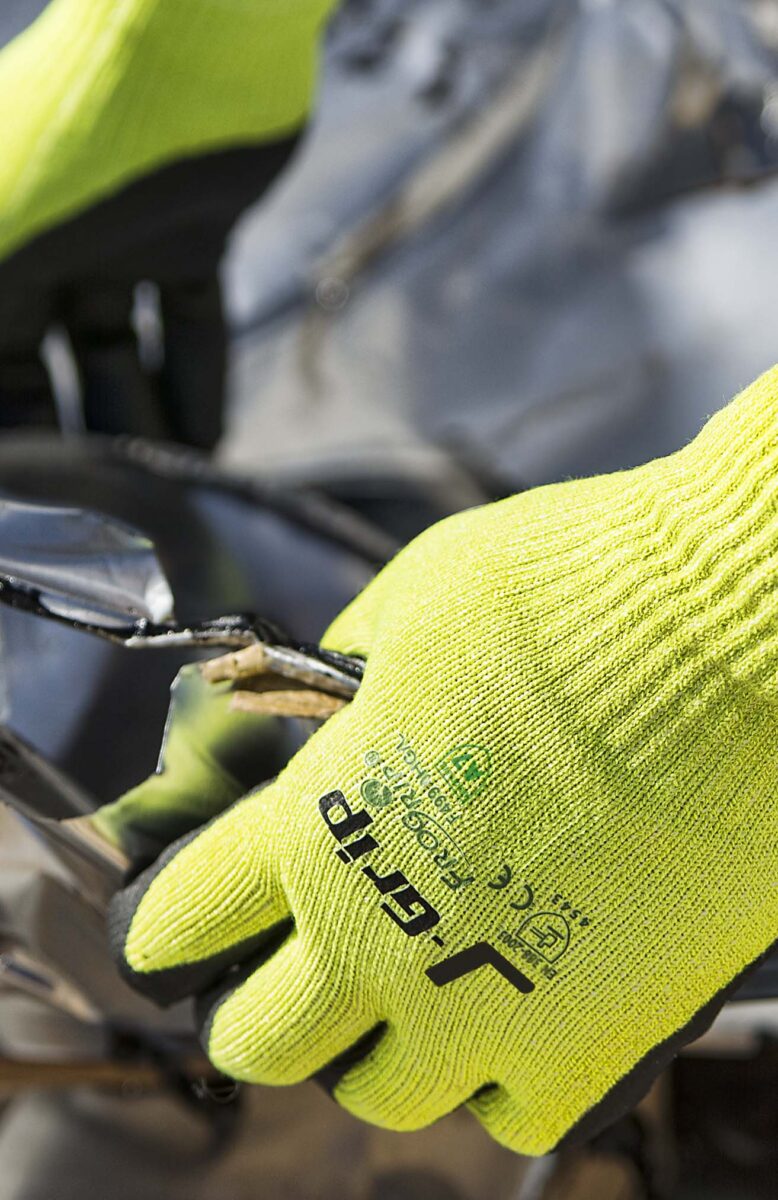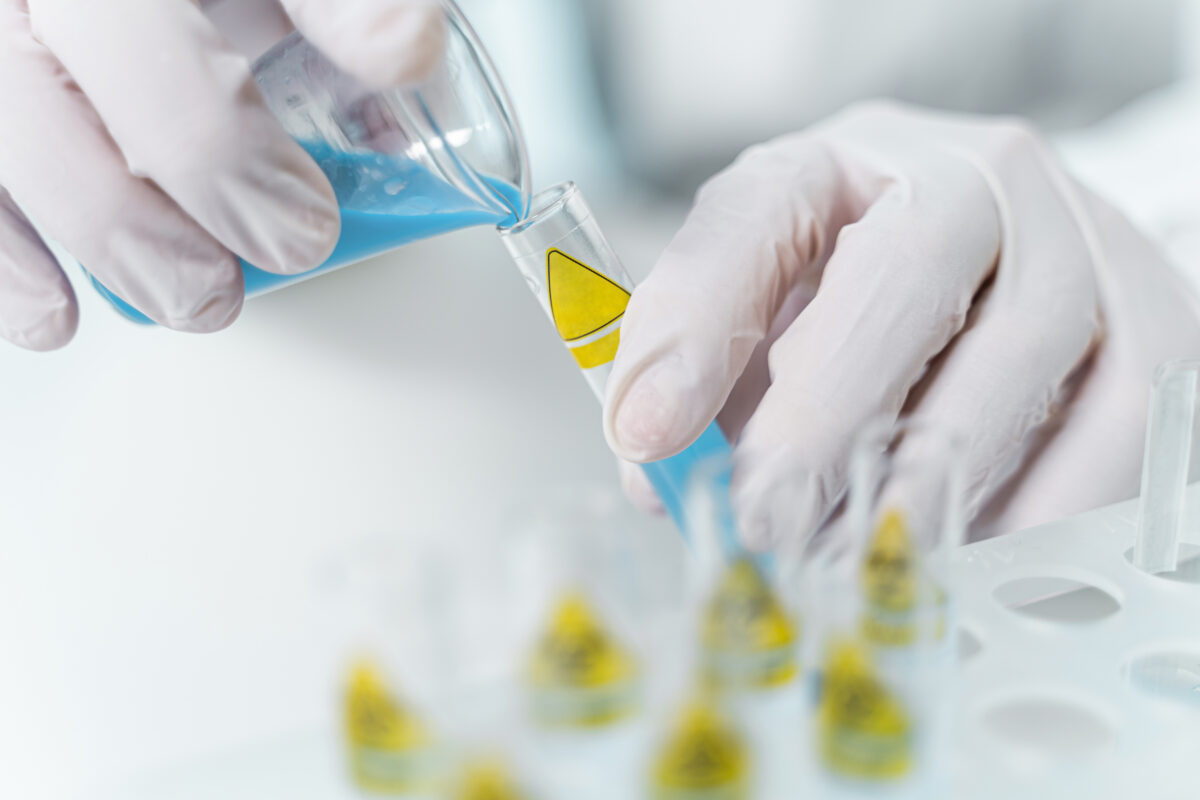
If you buy PPE for the workers in your company, you want products that meet rigorous safety standards. Experienced PPE buyers will look to accredited, third-party testing to ensure those standards are met before making any safety purchases.
This article will help answer many buyers’ common questions on PPE third-party testing and why an accredited, independent lab is critical in the process. We’ll examine what the testing involves and why it benefits you. We’ll also explain why Liberty Safety demands it across a range of products as continued quality assurance.
Fast Facts:
- Third-party testing of PPE provides quality control by using an accredited, independent organization that checks if standards are being met.
- A third-party lab should be recognized by and able to test products following American National Standards Institute (ANSI) standards.
- Some PPE requires third-party testing to meet the safety demands of the law, but some PPE providers regularly include testing to ensure consistent product integrity.
Why Do You Need Third-Party Testing for PPE?
Product quality is more reliable when testing is done regularly and without bias. And though most companies have ISO 9001 certification, it doesn’t guarantee a quality product.
That’s where third-party product testing comes in. It’s an important step in the process of getting products to the consumer that creates additional purchasing assurance.
An accredited, independent organization serves as one more quality and safety control check. When requested, these types of third-party testing companies review a specific product and look to make sure it complies (or not) with industry standards.
What Does a Third-Party PPE Test Involve?
Testing often focuses on how the finished product performs when used in certain conditions.
PPE providers like Liberty Safety often ask for proof of third-party testing from their vendors or send testing to accredited third-party testing facilities for validation. It’s a way to offer customers a confident buying experience.

Part of that quality assurance testing should ensure the PPE will hold up to everyday use. The lab test might look at the construction of the PPE and get a sense of if it will last or how effective it will be for the wearer.
Another example of a third-party test that examines longevity is one that will measure the strength of the material used in the equipment.
Tests may also investigate how sanitary a device is and whether it’s suitable for multiple or single-use usages.
Why Not Just Use In-House Testing?
Testing PPE in house can save PPE providers money and time. However, in-house testing facilities, testing practices, and methods can vary among manufacturers, leading to inconsistent results from manufacturer to manufacturer.
An accredited, third-party company mitigates this problem because it uses all the proper and uniform equipment needed to perform the rigorous series of tests required.
It’s equipment that can expose weaknesses in products that the manufacturer may (knowingly or accidentally) be trying to obscure from further scrutiny. Also, some PPE manufacturers may be tempted to inflate their results. That is especially true when they are performing their own testing. Independent testing companies eliminate the incentive.
What are the Benefits of Third-Party Testing?
Using an accredited, independent lab that performs third-party testing instead of relying on the manufacturer gives you
- Regulated and controlled testing
- Complete, unbiased results
- Consistent, thorough inspections
It’s good information to have because even though some companies batch-test their products regularly, depending on the manufacturer, that step may or may not occur. And manufacturer production practices also change over time depending on the product. Testing ensures consistency in each batch.
Most importantly, products that have been third-party tested help to maintain a higher level of safety and reliability for your workers.

Third-party testing means the worker doesn’t need to rely solely on the affirmations listed on the label. An unbiased testing facility (outside of the manufacturer) assures the consumer that the full intent of the standard has been met.
An accredited, independent lab will put PPE through rigorous conditions similar to those it would be under in the real world. Because of this, they can verify that it will do its job effectively under typical conditions.
The tests aim to prove that the products do not pose a risk of harm to the people who will use them and give assurance that the products do what they claim.
Passing the appropriate lab tests means PPE is ready to earn third-party certification, giving the purchaser of the equipment peace of mind that it will offer the protection needed.
Is Third-Party Testing Required?
Although ANSI develops testing standards and protocols, government agencies like the Food and Drug Administration (FDA) or the National Institute for Occupational Safety and Health (NIOSH) ensure consistent application. They also inform the customer whether a particular brand or model meets those standards.
In some cases, testing is required when it involves specific industries.
- The FDA makes and enforces requirements when Medical or Food industries are involved. Their website lists the requirements for all PPE intended for use within those settings, including specific performance standards.
- The U.S. Department of Labor’s Occupational Safety and Health Administration (OSHA) assures safe and healthful working conditions for working men and women by setting and enforcing general and industry standards and providing training, outreach, education, and assistance.
- As part of the CDC, NIOSH is the U.S. Government agency responsible for the certification and approval of respiratory protective devices for occupational use and addresses quality assurance requirements for manufacturing this type of protective equipment.
What Types of PPE Testing Exist?
The American Society of Safety Professionals (ASSP) suggests using ANSI standards for PPE in the workplace. The following are just some of the tests that ensure compliance.
| HAND PROTECTION Conductive heat Chemical exposure Puncture Abrasion/Cut Impact |
EYE AND FACE PROTECTIVE DEVICES Resistance to particles, ignition, and radiation Sunglare and UV filter Thermal stability Impact resistance |
| HEARING PROTECTIVE DEVICES Physical Acoustic Material safety Fit |
RESPIRATOR PROTECTION Fit testing Air purifying abilities Determination of airflow |
| HI-VISIBILITY FABRIC Luminance Chromaticity Durability |
SAFETY FOOTWEAR Impact resistance Electrical hazard Thermal rating |
| SKIN PROTECTION GARMENTS Chemical thresholds Flame resistance |
FALL PROTECTION EQUIPMENT Force Strength Deceleration device |
NIOSH maintains a database called NIOSH Personal Protective Equipment Information (PPE-Info) that includes most of the current PPE standards in more detail.
Why Liberty Safety Checks for Third-Party Testing
Even though many manufacturers run their own quality control checks, another third-party check eliminates any questions of bias or false results. That’s why Liberty Safety asks suppliers to share their third-party testing results, or we send the product away to an accredited, third-party lab ourselves.
With over 5,000 products in our catalog, it’s a requirement that impacts every product we offer. It’s also one of the ways we continue to show our commitment to our customers.
Download your copy of our Complete Product Catalog to explore each product and see all we offer.

